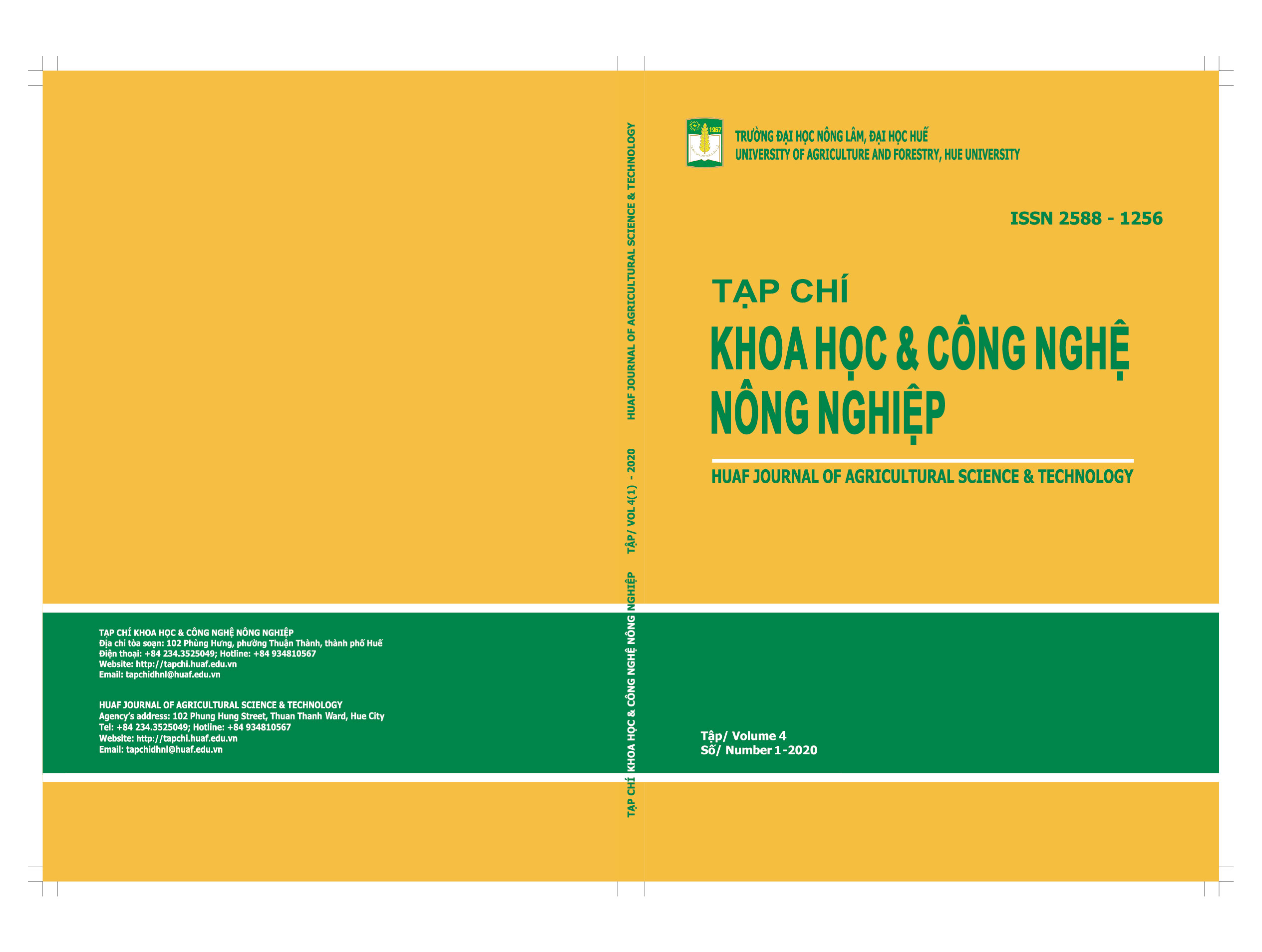##plugins.themes.huaf_theme.article.main##
Tóm tắt
Thông qua kết quả phỏng vấn sâu 11 người am hiểu là cán bộ kiểm lâm huyện, trưởng thôn, đại diện ban quản lý rừng cộng đồng; phỏng vấn 60 hộ dân, vàthảo luận 8 nhóm nam, nữ và trẻ em tại hai điểm nghiên cứu, đề tài đã xác định được có sự phân biệt giới trong các hoạt động quản lý, bảo vệ và phát triển rừng cộng đồng ở cả 2 nhóm dân tộc Kinh (xã Hương Lộc) và Cơ tu (xã Thượng Quảng). Mức độ tham gia của nữ giới và nam giới trong quản lý bảo vệ và phát triển rừng cộng đồng là không giống nhau và có sự tương đồng giữa 2 nhóm dân tộc. Nam giới thường tham gia vào các hoạt động quản lý bảo vệ rừng nhiều hơn nữ giới. Nam giới hầu như có quyền tham gia và quyết định tất cả mọi việc từ gia đình đến ngoài xã hội như: lập kế hoạch, xây dựng quy ước, tuần tra bảo vệ, phát triển rừng cộng đồng và tham gia lãnh đạo cộng đồng; Trong lúc đó phụ nữ rất ít có cơ hội để tham gia vào các hoạt động trên, đặc biệt là vị trí quản lý cộng đồng. Sở dĩ có sự khác biệt giới như vậy là do 2 nhân tố chi phối: định kiến giới và địa vị xã hội. Tuy nhiên, trên cơ sở phân tích kết quả thì sự khác biệt giới trong hoạt động quản lý bảo vệ rừng và phát triển rừng cộng đồng do địa vị xã hội ở nhóm người Cơ tu rõ nét hơn ở nhóm người Kinh.
Từ khóa: Địa vị xã hội, Định kiến giới, Giới, Rừng cộng đồng, Nam Đông
ABSTRACT
11 knowledgeable people who were district forest rangers, village heads, representatives of community forest management boards were thoroughly interviewed; 60 households, 8 groups of men, women and children in two research sites were interviewed and discussed; the study identified that there was the gender discrimination in community forest management, protection and development activities in both 2 groups of Kinh people (Huong Loc commune) and Co tu people (Thuong Quang commune). The participation level of women and men was different from these activities, thus there were similarities between the two ethnic groups. Men were more involved in forest protection and management activities than women. Most men had the rights to participate in and decide everything from their families to social activities such as making plans and regulations, patrolling, protecting and developing community forest and joining community leadership. At the same time, women had few opportunities to participate in these activities, especially community management positions. There were gender differences in the community forest management, protection and development activities due to two main factors: Gender discrimination and social status. However, based on the analysis of the results, there were gender differences in forest protection and development of community forests due to the fact that social status in the Cotu group was clearer than the Kinh group.
Keywords: Community forest, Gender discrimination, Nam Dong, Social status
